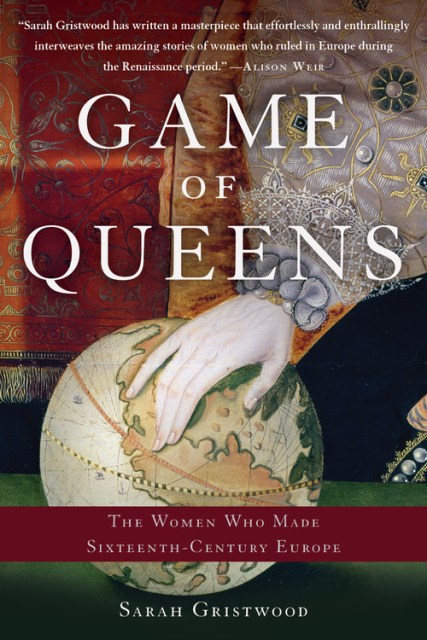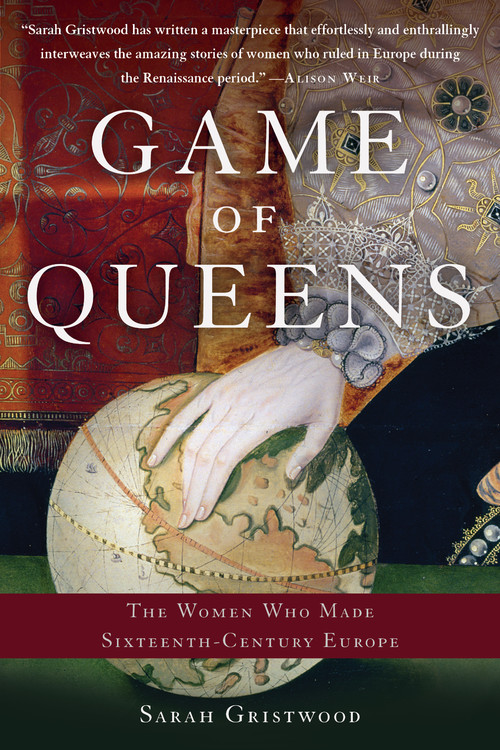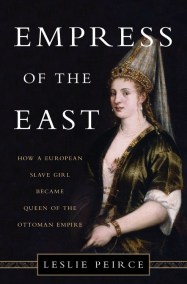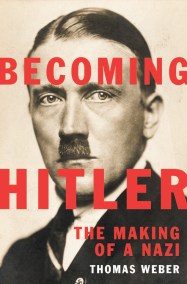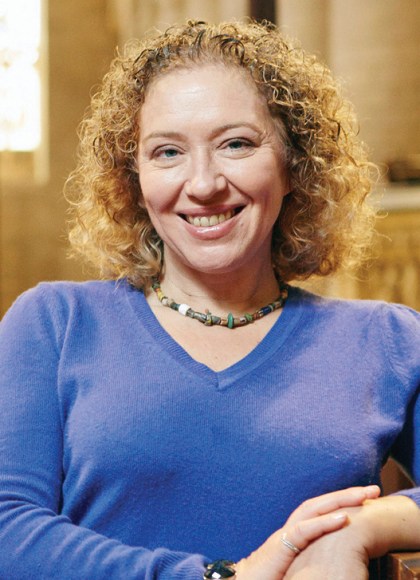Promotion
Use code MOM24 for 20% off site wide + free shipping over $45
Game of Queens
The Women Who Made Sixteenth-Century Europe
Contributors
Formats and Prices
Price
$17.99Price
$22.99 CADFormat
Format:
- Trade Paperback $17.99 $22.99 CAD
- ebook $13.99 $16.99 CAD
This item is a preorder. Your payment method will be charged immediately, and the product is expected to ship on or around November 7, 2017. This date is subject to change due to shipping delays beyond our control.
Also available from:
“Sarah Gristwood has written a masterpiece that effortlessly and enthrallingly interweaves the amazing stories of women who ruled in Europe during the Renaissance period.” — Alison Weir
Sixteenth-century Europe saw an explosion of female rule. From Isabella of Castile, and her granddaughter Mary Tudor, to Catherine de Medici, Anne Boleyn, and Elizabeth Tudor, these women wielded enormous power over their territories, shaping the course of European history for over a century. Across boundaries and generations, these royal women were mothers and daughters, mentors and protées, allies and enemies. For the first time, Europe saw a sisterhood of queens who would not be equaled until modern times. A fascinating group biography and a thrilling political epic, Game of Queens explores the lives of some of the most beloved (and reviled) queens in history.
Genre:
- On Sale
- Nov 7, 2017
- Page Count
- 400 pages
- Publisher
- Basic Books
- ISBN-13
- 9781541697225
Newsletter Signup
By clicking ‘Sign Up,’ I acknowledge that I have read and agree to Hachette Book Group’s Privacy Policy and Terms of Use
